Introduction:
The Ultimate Guide to Making Sugar-Free Chocolate at Home: If you’re a chocolate lover looking to cut down on sugar, you might think that enjoying chocolate means compromising on flavor or quality. Fortunately, that’s not the case! With some simple ingredients and the right techniques, you can make delicious, sugar-free chocolate at home that’s just as satisfying as store-bought varieties. Whether you’re on a low-carb diet, diabetic, or just trying to reduce your sugar intake, this guide will help you create sugar-free chocolate that tastes indulgent but is guilt-free. Let’s dive in!
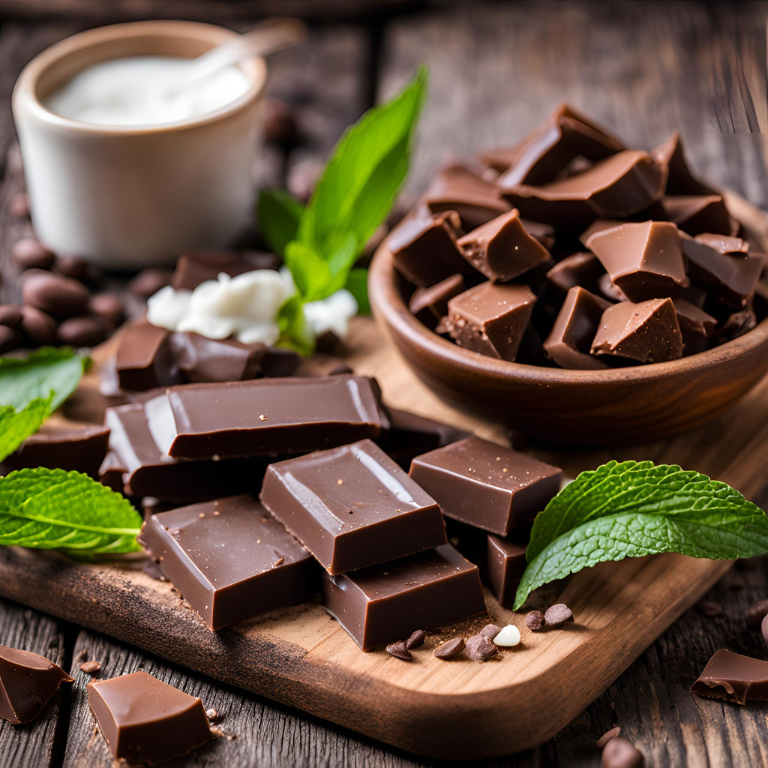
Why Make Sugar-Free Chocolate?
The benefits of making your own sugar-free chocolate at home are plenty:
- Complete Control Over Ingredients: You can choose high-quality cocoa and sweeteners, free of artificial additives.
- Healthier Option: Sugar-free chocolate means you can enjoy your favorite treat without worrying about blood sugar spikes or added calories from sugar.
- Tailored to Your Preferences: Love dark chocolate? Prefer milk chocolate? You can customize the flavor and sweetness level to suit your taste buds.
- Dairy-Free or Vegan Variations: Making your chocolate allows you to experiment with dairy alternatives, like almond or coconut milk, to create vegan-friendly versions.
Essential Ingredients for Sugar-Free Chocolate
Before we jump into the actual process, let’s cover the essential ingredients. Most traditional chocolate recipes rely heavily on sugar for sweetness, but you’ll need to replace that with alternatives that don’t compromise on taste or texture.
1. Cocoa Butter:
This is the natural fat extracted from cocoa beans. It’s the ingredient that gives chocolate its creamy texture and rich flavor. Look for high-quality, food-grade cocoa butter for the best results.
- Tip: If you’re using cocoa powder instead of cocoa liquor (which contains both solids and butter), adding cocoa butter ensures your chocolate has that velvety texture we all love.
2. Cocoa Powder:
The base of your chocolate, cocoa powder is what provides the deep, intense chocolate flavor. Opt for unsweetened and high-quality cocoa powder. If possible, look for organic or minimally processed options to preserve the antioxidants and nutrients.
3. Sugar-Free Sweeteners:
This is the most critical part of making sugar-free chocolate. You need to find a sweetener that tastes great, blends smoothly, and doesn’t alter the consistency. Some popular options include:
- Stevia: A plant-based, zero-calorie sweetener. It’s very sweet, so a little goes a long way.
- Erythritol: A sugar alcohol that has minimal impact on blood sugar and almost zero calories. It’s often used in conjunction with stevia to reduce bitterness.
- Monk Fruit Sweetener: Another natural, low-calorie sweetener, monk fruit extract is becoming popular for sugar-free chocolates because it has a more balanced sweetness.
4. Flavorings and Add-Ins:
To make your sugar-free chocolate even more interesting, you can add extra ingredients such as:
- Vanilla Extract: Adds depth and enhances the flavor of the chocolate.
- Sea Salt: A tiny sprinkle of salt can bring out the natural sweetness in chocolate.
- Nuts and Seeds: For added crunch, consider adding almonds, hazelnuts, or chia seeds.
- Dairy-Free Milk: If you prefer milk chocolate, you can add a splash of almond milk, coconut milk, or another dairy-free alternative to the mixture.
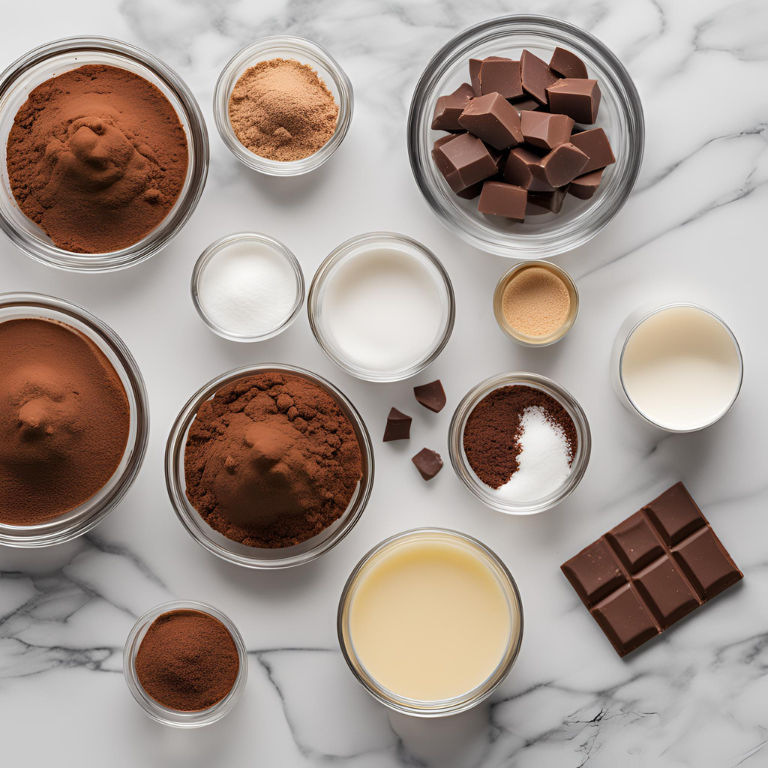
Equipment You’ll Need
The equipment for making sugar-free chocolate is simple and may already be in your kitchen:
- Double Boiler: To melt the cocoa butter without burning it, you’ll need a double boiler. If you don’t have one, you can create a makeshift double boiler by placing a heat-proof bowl over a pot of simmering water.
- Whisk or Silicone Spatula: To stir the chocolate mixture while melting.
- Candy Thermometer: This is optional but recommended for tempering your chocolate to achieve that perfect, shiny finish and snap.
- Chocolate Molds: You can use silicone or metal molds to shape your chocolate into bars or fun shapes.
- Storage Containers: Airtight containers to store your finished chocolate and keep it fresh.
How to Make Sugar-Free Chocolate: Step-by-Step Recipe
Now that you have all your ingredients and equipment ready, let’s get into the process of making sugar-free chocolate at home. This recipe will yield about 12 small chocolate bars or one large bar.
Ingredients:
- 1 cup (220g) cocoa butter
- 1 cup (120g) unsweetened cocoa powder
- 4-6 tablespoons erythritol, stevia, or monk fruit sweetener (adjust based on taste)
- 1 teaspoon vanilla extract (optional)
- Pinch of sea salt
- ¼ cup almond milk or coconut milk (optional for milk chocolate)
Instructions:
1. Melt the Cocoa Butter:
Place the cocoa butter in the top of a double boiler and heat gently over low to medium heat. Stir occasionally until it’s fully melted. Be careful not to overheat or scorch it.
2. Mix in Cocoa Powder:
Once the cocoa butter is melted, sift the cocoa powder into the mixture and whisk until smooth. Ensure there are no lumps. This is the base of your chocolate.
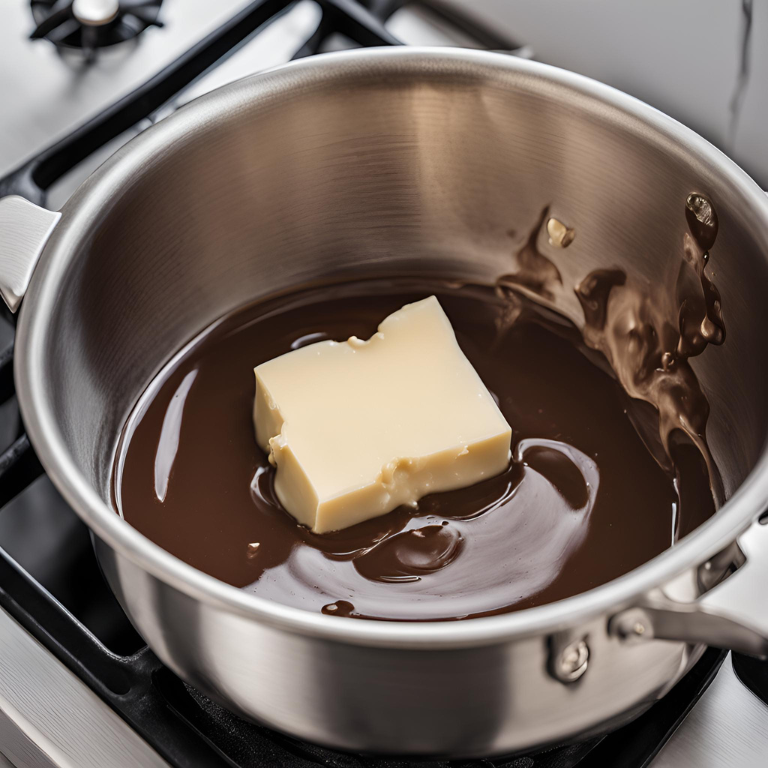
3. Add the Sweetener:
Slowly whisk in your chosen sweetener. Depending on the sweetener, it may take a few minutes to fully dissolve into the chocolate mixture. Make sure to taste as you go to adjust sweetness levels. If using stevia, remember it’s much sweeter than sugar, so start with a small amount and increase gradually.
4. Incorporate Flavorings:
Add in any flavorings you’re using, such as vanilla extract, sea salt, or almond milk. If you’re making milk chocolate, whisk in the almond or coconut milk at this stage. Ensure everything is well mixed.
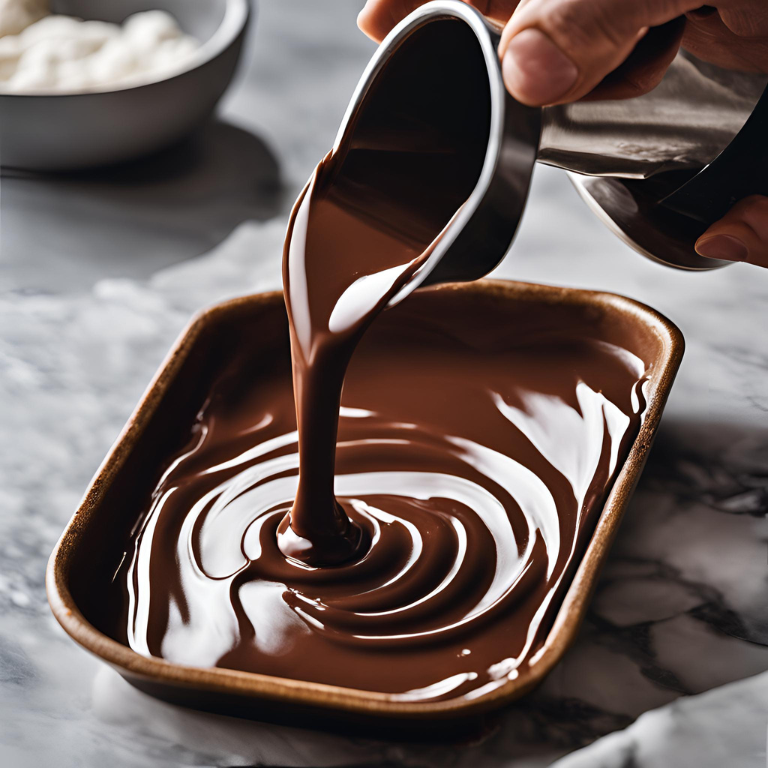
5. Tempering the Chocolate:
If you want to achieve a glossy, professional-looking finish, you’ll need to temper your chocolate. Here’s how:
- Let the chocolate mixture cool to about 95°F (35°C).
- Pour the chocolate onto a cool marble slab (if available) or stir vigorously in the bowl until it cools to about 82°F (28°C).
- Reheat gently to about 88°F (31°C) to achieve the right consistency.
Tempering stabilizes the cocoa butter, giving the chocolate that perfect glossy sheen and crisp snap when broken.
6. Pour into Molds:
Once your chocolate is tempered, pour it into your prepared molds. Lightly tap the molds on the countertop to release any trapped air bubbles.
- Tip: If you want to add toppings like chopped nuts, seeds, or dried fruit, sprinkle them into the molds before the chocolate sets.
7. Let It Set:
Let the chocolate solidify at room temperature for approximately 1-2 hours. If you’re in a hurry, you can pop the molds into the fridge for about 30 minutes, but be careful—refrigerating too long can affect the texture.
Tips for Making Perfect Sugar-Free Chocolate:
- Choose the Right Sweetener: Not all sweeteners behave the same way. For example, erythritol can crystallize when it cools, which might give your chocolate a slightly grainy texture. Blending it with other sweeteners, like stevia or monk fruit, can help smooth things out.
- Get the Right Consistency: If you prefer softer chocolate, increase the amount of cocoa butter. For a firmer texture, reduce the amount of milk or liquid added.
- Experiment with Flavors: Just because you’re making sugar-free chocolate doesn’t mean you can’t have fun with it! Add spices like cinnamon, nutmeg, or even chili for a twist.
- Storing Your Chocolate: Keep your chocolate in an airtight container in a cool, dry place. Sugar-free chocolate made with natural sweeteners tends to last longer than commercial chocolates, but it’s always best to consume it within a week or two for the freshest flavor.
Sugar-Free Chocolate Flavor Ideas:
To keep things interesting, here are a few delicious flavor combinations to try with your sugar-free chocolate:
- Peppermint Chocolate: Add a few drops of sugar-free peppermint extract to your mixture for a refreshing minty kick.

- Orange Zest: Add some grated orange zest into the chocolate for a citrusy burst that pairs beautifully with dark chocolate.
- Hazelnut Crunch: Stir in chopped hazelnuts for a delicious crunch in every bite. This is reminiscent of sugar-free Nutella chocolate!
- Sea Salt Dark Chocolate: A sprinkle of sea salt on top of dark chocolate gives it a delightful contrast between sweet and salty.
How to Make Dairy-Free and Vegan Sugar-Free Chocolate:
If you’re following a vegan diet, it’s easy to make dairy-free chocolate. Simply replace any dairy ingredients (like milk powder) with plant-based alternatives such as:
- Coconut Milk: Adds a rich and creamy texture to your chocolate.
- Almond Milk: Provides a milder flavor for those who prefer a subtle milk chocolate experience.
- Coconut Oil: If you want softer chocolate, you can replace some cocoa butter with coconut oil.
For sugar-free, vegan chocolate, choose sweeteners that align with your dietary preferences. Many sugar-free sweeteners like stevia and erythritol are vegan-friendly.
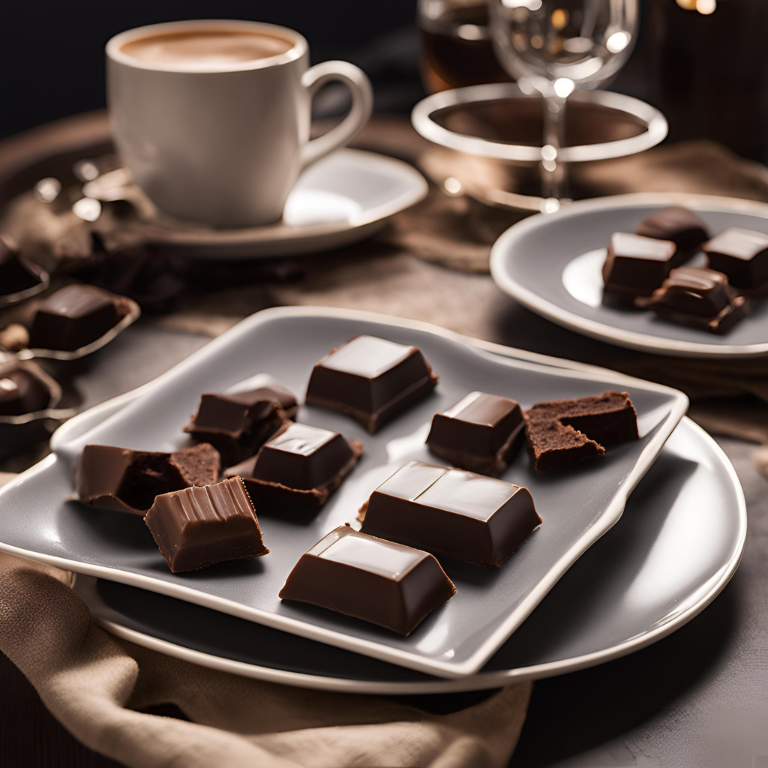
Conclusion:
Making sugar-free chocolate at home is not only a fun and rewarding process, but it also gives you control over the quality of ingredients and flavors. By choosing the right sweeteners and following these steps, you can create chocolate that’s not only delicious but also much healthier. Whether you prefer dark, milk, or even white chocolate, you now have the tools to craft your own sugar-free version, tailored exactly to your taste.
So next time you’re craving chocolate, skip the store-bought variety and treat yourself to a batch of homemade, sugar-free chocolate. You’ll never want to go back!




